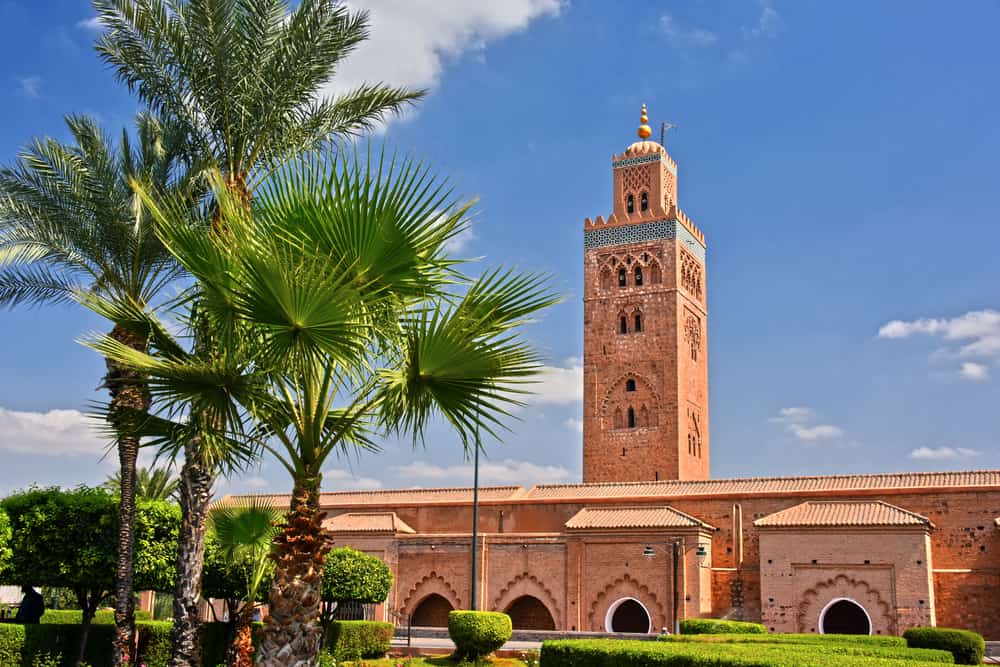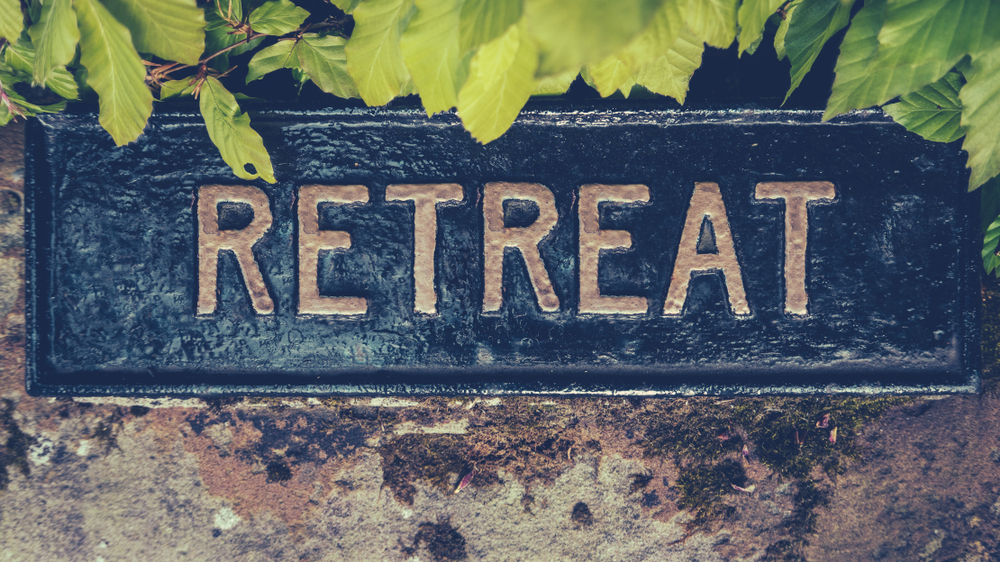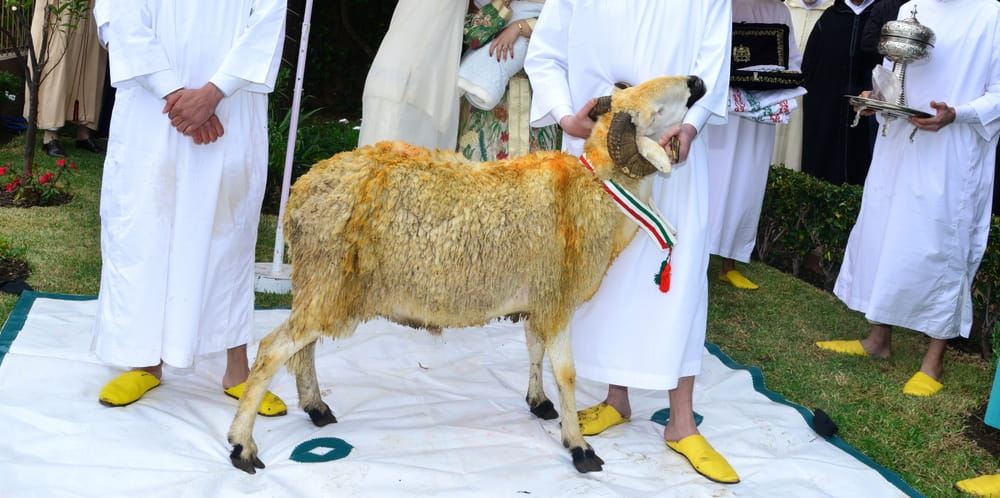Morocco is a place where ancient traditions meet breathtaking landscapes. This North African country is home to many holy sites, serene spiritual retreats, and vibrant religious festivals. Pilgrims worldwide come here to deepen their faith and find peace.
Morocco’s religious heritage is a blend of various cultures and beliefs. The country has been a crossroads for centuries, attracting people from different backgrounds. This mix of influences creates a unique spiritual atmosphere. Visitors can explore stunning mosques, ancient tombs, and sacred shrines. Each site tells a story of faith and devotion.
The importance of pilgrimages in Moroccan culture cannot be overstated. They bring communities together and offer moments of reflection and renewal. Pilgrimages are not just about visiting holy places. They are about experiencing a deeper connection to spirituality. Whether you seek solace in the quiet of a mountain retreat or the energy of a lively festival, Morocco has something to offer.
In this guide, we will explore the most significant aspects of religious pilgrimages in Morocco. We will visit the revered holy sites, discover peaceful retreats, and join in the joyous celebrations of religious festivals. Each section will provide insights and tips to help you plan your pilgrimage.
Holy Sites in Morocco
Morocco is home to many sacred places that hold great meaning for people of faith. These holy sites are not only centers for worship but also symbols of Morocco’s rich history and spiritual heritage. Let’s explore some of the most famous and revered sites.

Koutoubia Mosque
The Koutoubia Mosque is the largest mosque in Marrakech and one of the most important landmarks in Morocco. Built in the 12th century during the Almohad dynasty, it is known for its stunning minaret, which stands 77 meters tall. The mosque’s architecture is a beautiful example of Islamic art, with intricate carvings and a large courtyard. Every Friday, the mosque fills with worshippers who come to pray. Tourists are also drawn to its beauty and historical significance, though non-Muslims can only admire it from the outside.
The mosque’s gardens are also a serene spot to relax. Filled with orange trees, palm trees, and fountains, the gardens provide a peaceful atmosphere for reflection. The call to prayer echoes through the area, adding to the spiritual ambiance.
Moulay Idriss Zerhoun
Moulay Idriss Zerhoun is a small town named after Moulay Idriss I, a great-grandson of the Prophet Muhammad. He founded the first Moroccan Islamic dynasty. The town is perched on two hills and offers stunning views of the surrounding valleys. It is considered one of the holiest places in Morocco. The mausoleum of Moulay Idriss is a pilgrimage site where many Muslims come to pay their respects. Though non-Muslims are not allowed inside the mausoleum, the town itself is a beautiful place to visit, with its whitewashed houses and winding streets.
Every August, the town hosts a large religious festival called the Moussem of Moulay Idriss. Thousands of pilgrims gather to celebrate with prayers, music, and communal meals. The festival is a vibrant display of faith and community, attracting visitors from all over Morocco.
Mausoleum of Mohammed V
Located in Rabat, the Mausoleum of Mohammed V is a striking building that houses the tombs of King Mohammed V and his sons, King Hassan II and Prince Moulay Abdallah. Built in the traditional Moroccan style, the mausoleum is adorned with intricate mosaics and carvings. It is a place of great national pride and significance. Visitors often come to pay their respects and marvel at the beautiful architecture. Guards in traditional attire stand watch, adding to the sense of reverence and history.
The mausoleum is situated next to the Hassan Tower, an unfinished minaret from the 12th century. The tower and mausoleum together create a historical complex that is one of the most visited sites in Rabat. The tranquil atmosphere and the beautiful views of the Bouregreg River make it a perfect place for quiet contemplation.
Zaouia of Moulay Idriss II
The Zaouia of Moulay Idriss II is located in Fez and is dedicated to Moulay Idriss II, the son of Moulay Idriss I. Moulay Idriss II is credited with founding the city of Fez, which is now one of the most important cultural and religious centers in Morocco. The zaouia, or religious school, serves as both a mosque and a shrine. It is a place where many come to seek blessings and make offerings.
The zaouia is especially popular during the annual festival honoring Moulay Idriss II. Pilgrims flock to the site to participate in rituals, prayers, and celebrations. The narrow streets of the old medina of Fez come alive with processions and the sounds of traditional music.
Sidi Bel Abbas Mosque
Located in the heart of Marrakech, the Sidi Bel Abbas Mosque is dedicated to Sidi Bel Abbas, one of the seven saints of Marrakech. He is known as the patron saint of the city and is highly revered. The mosque is a major pilgrimage site, especially during the annual celebration of his life.
The mosque complex includes a large courtyard and a cemetery where many of Sidi Bel Abbas’s followers are buried. The architecture of the mosque is simple yet elegant, reflecting the humility and devotion of the saint. Visitors often come to pray and seek blessings for health and prosperity.
Spiritual Retreats in Morocco
Morocco offers many serene retreats where people can find peace and reflect on their spiritual journeys. These retreats are often located in beautiful, quiet places away from the hustle and bustle of city life.

Popular Spiritual Retreat Locations
One popular retreat is in the Atlas Mountains. Here, nestled among the peaks, you can find small villages and retreats that offer a perfect escape for meditation and prayer. The clear mountain air and stunning landscapes make it an ideal place for spiritual reflection. Activities often include guided meditation, yoga, and nature walks.
The Sahara Desert also offers unique spiritual retreats. The vast, silent dunes provide a perfect setting for introspection and connection with nature. Many retreats in the desert include camel treks, stargazing, and nights spent in traditional Berber tents. These experiences help visitors disconnect from their daily lives and reconnect with their inner selves.
Experiences at Spiritual Retreats
Spiritual retreats in Morocco provide various activities designed to promote inner peace and spiritual growth. In the Atlas Mountains, retreats often include hiking, which allows participants to connect with nature. The fresh air and beautiful scenery provide a calming backdrop for reflection.
In the Sahara Desert, the focus is often on the vastness and tranquility of the desert. Activities might include silent meditation sessions, where the only sounds are the winds and the occasional call of a desert bird. The retreats also offer opportunities for deep reflection, prayer, and communal gatherings around campfires, where stories and experiences are shared.
Religious Festivals in Morocco
Religious festivals in Morocco are vibrant and full of life. They bring communities together to celebrate faith, culture, and tradition. Here are some of the most important festivals.
Major Religious Festivals

Eid al-Fitr marks the end of Ramadan, a month of fasting. It is a joyful celebration with prayers, feasts, and giving to charity. Families gather to share meals and exchange gifts. Special prayers are held in mosques, and people wear their best clothes.
Eid al-Adha is another significant festival, known as the “Festival of Sacrifice.” It commemorates the willingness of Ibrahim (Abraham) to sacrifice his son in obedience to God. During this festival, families sacrifice an animal, usually a sheep, and share the meat with family, friends, and the poor. It is a time for prayer, reflection, and community.
The Moussem of Moulay Idriss is a vibrant festival that takes place in the town of Moulay Idriss Zerhoun. It honors the founder of the first Islamic dynasty in Morocco. Thousands of pilgrims come to the town to participate in processions, prayers, and celebrations. The festival includes traditional music, dances, and local crafts.
Cultural and Religious Significance of Festivals
These festivals are not only religious observances but also cultural events that highlight the rich traditions of Morocco. They provide a sense of community and belonging. During Eid al-Fitr and Eid al-Adha, the sharing of meals and charity work strengthen family bonds and social ties. The Moussem of Moulay Idriss brings people together from all over the country, creating a sense of unity and shared heritage.
Planning Your Pilgrimage to Morocco
Planning a pilgrimage to Morocco involves considering the best times to visit, travel tips, and cultural etiquette.
Best Times to Visit
The best time to visit Morocco depends on the specific pilgrimage and weather conditions. Spring (March to May) and fall (September to November) are ideal for most visits due to mild temperatures. For desert retreats, cooler months are preferable to avoid the extreme heat.
Travel Tips and Recommendations
When planning your trip, consider booking accommodations close to your pilgrimage sites. This will make it easier to attend prayers and events. Respect local customs, such as dressing modestly and removing shoes when entering mosques. Learning a few basic phrases in Arabic or French can also enhance your experience.
Conclusion
Religious pilgrimages in Morocco offer a unique blend of spiritual enrichment and cultural exploration. From the historic holy sites to the tranquil retreats and vibrant festivals, there is something for everyone. As you plan your journey, remember the importance of respecting local traditions and immersing yourself in the experience. Whether you are seeking spiritual renewal or simply exploring Morocco’s rich heritage, your pilgrimage will be a memorable and transformative adventure.
